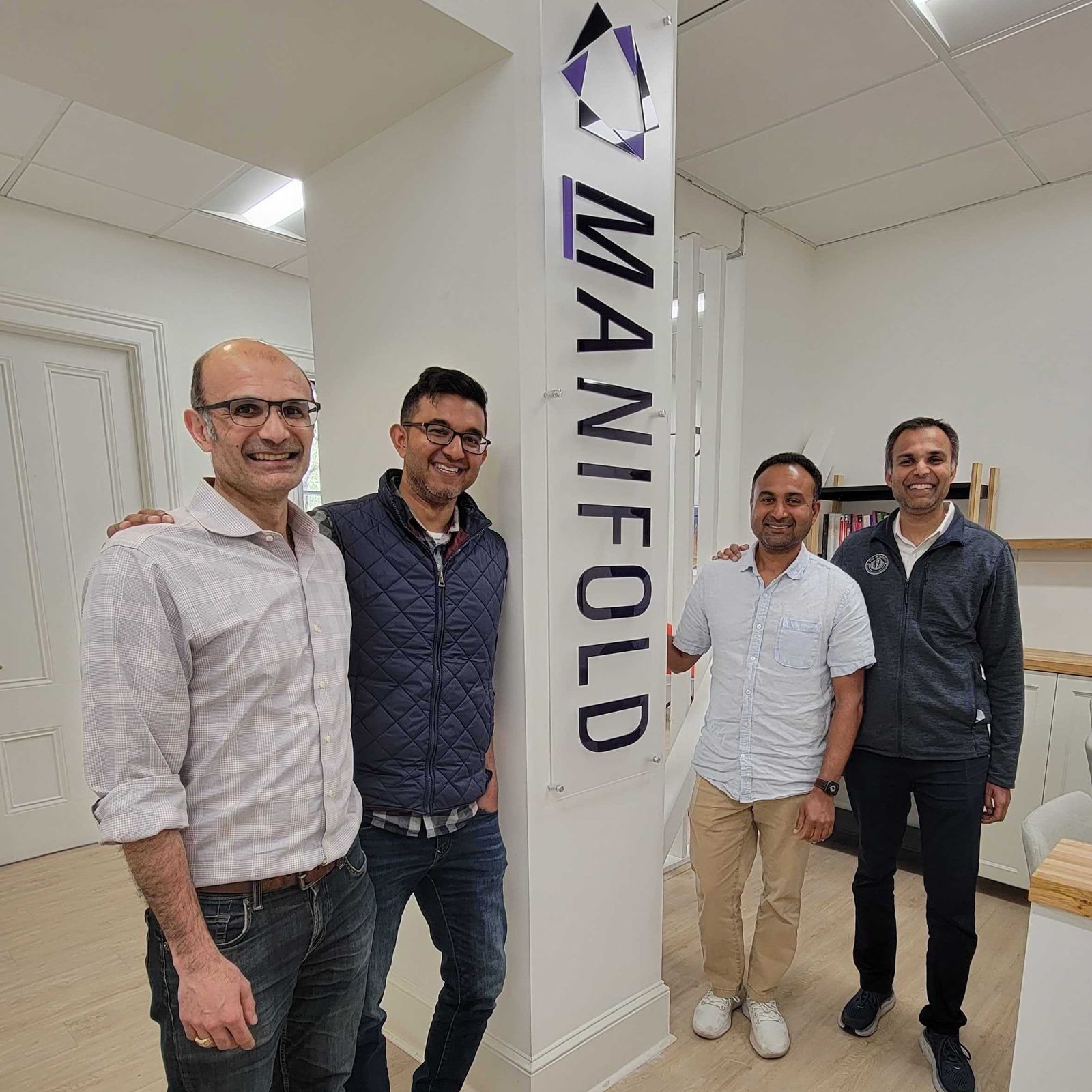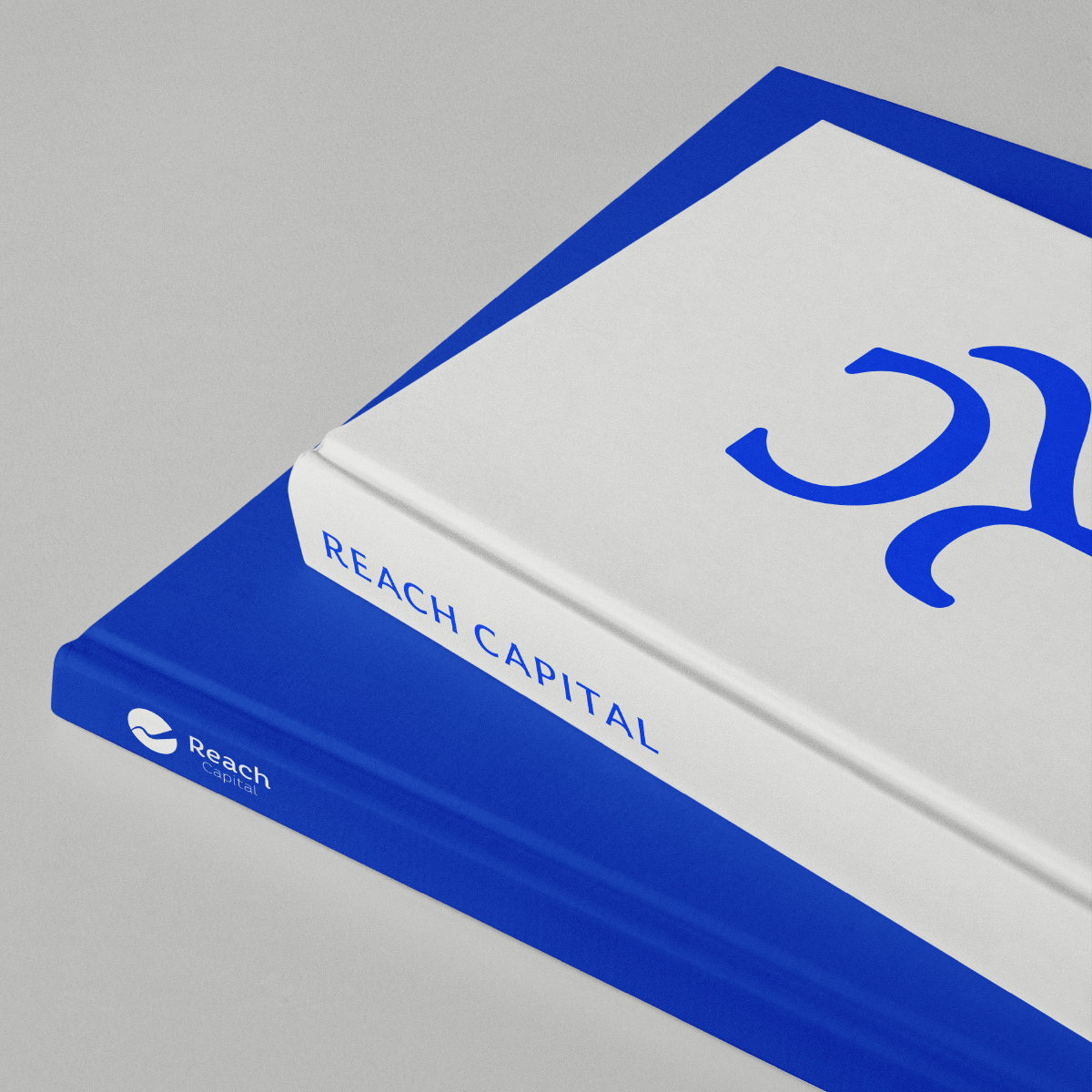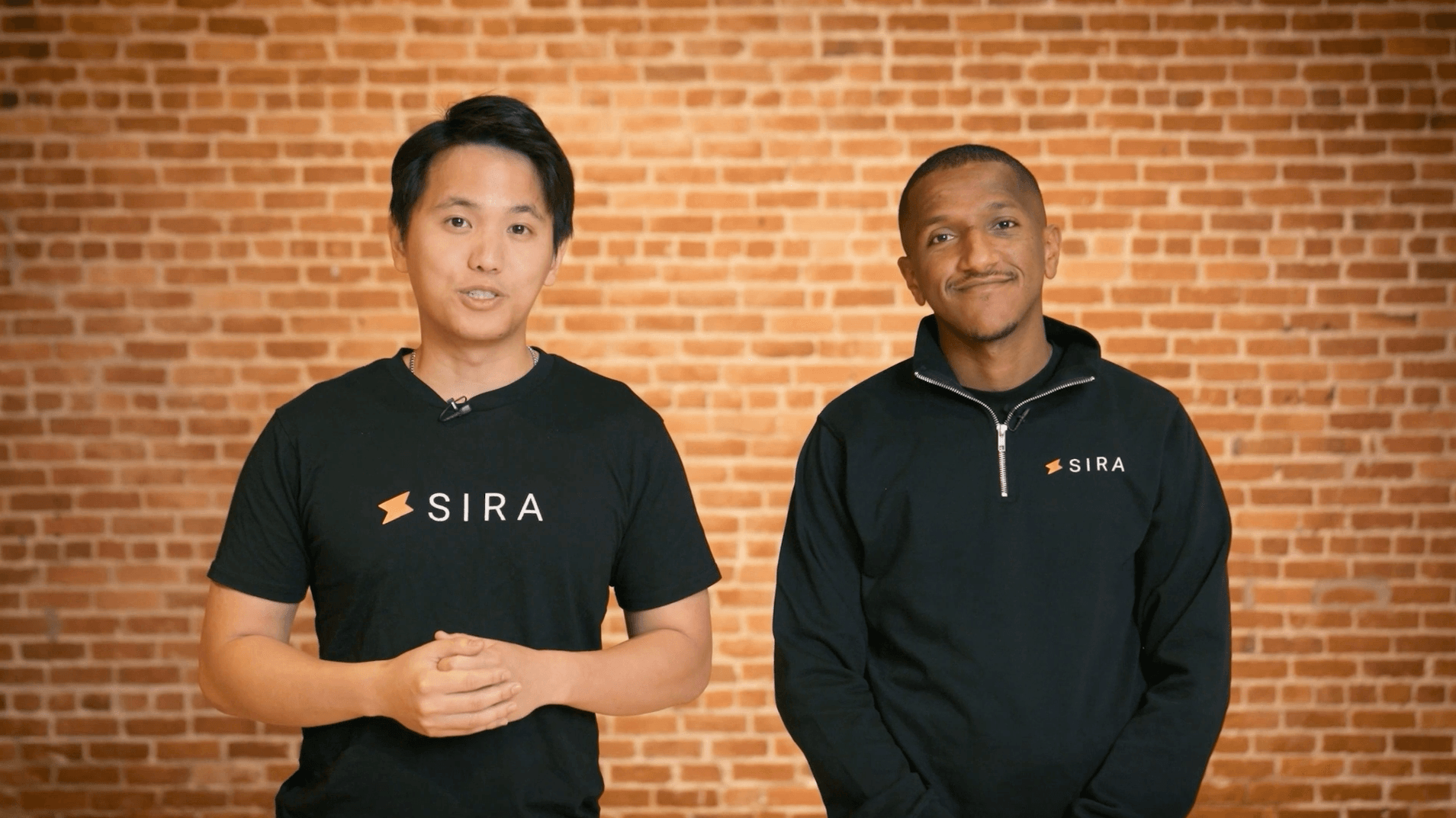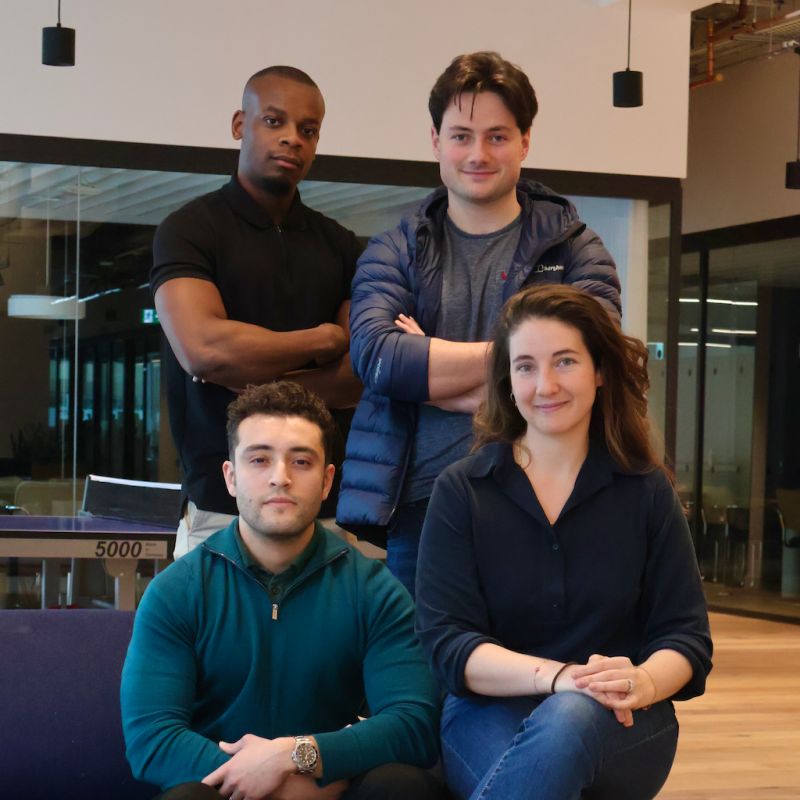The Most Successful Edtech Business Plan You’ve Never Read
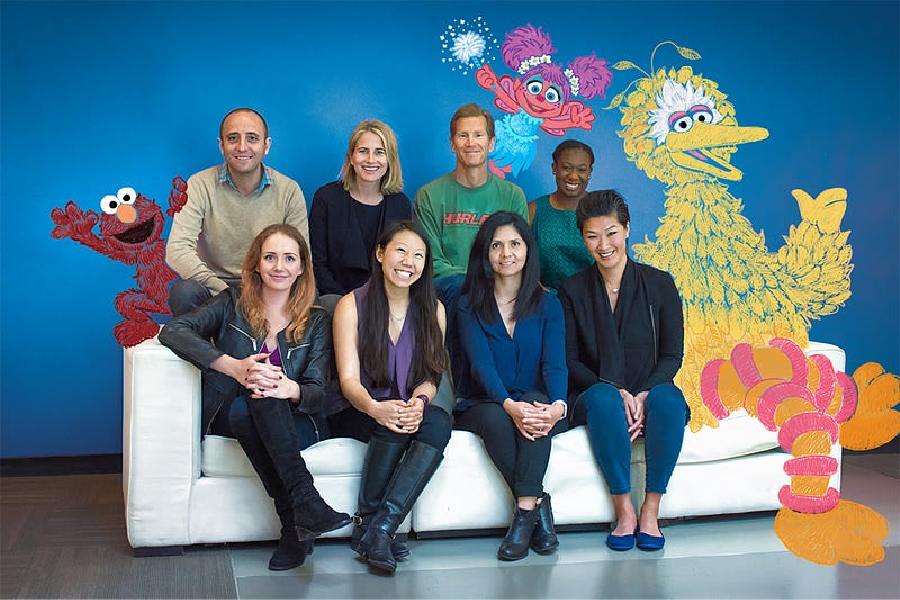
We are honored to partner with Sesame Workshop, one of the world’s most innovative, venerable education organizations for nearly 50 years. Sesame’s experience in children’s media, early childhood development and social-emotional learning is invaluable to our fund and portfolio companies. At Reach, we believe these are key levers that can improve opportunities and change life outcomes for children. We recently made our first early childhood investment in Kaymbu and will leverage Sesame Workshop’s deep expertise in this space to grow our early childhood investing. In the year since Reach launched, the Sesame team has supported our portfolio by providing one-on-one mentorship, offering strategic support and sharing research.
We were drawn to Sesame Street’s culture of innovation embodied in its founder, Joan Ganz Cooney. Fifty years ago she published one of the most compelling edtech business plans I’ve ever read, a concept paper that laid the groundwork for what would become the revolutionary television show that has delighted well over a hundred million children around the world, helping them grow “smarter, stronger, and kinder.” Though conceived half a century ago, Ms. Cooney’s concept paper is timelier than ever, and instructive to edtech entrepreneurs around the globe. The 56-page report that Ms. Cooney submitted to the Carnegie Corporation in 1966 was titled The Potential Uses of Television in Preschool Education. Television had become ubiquitous in American households, and yet children’s programming was conspicuously absent. Children started watching TV as early as two years old, but found themselves watching adult westerns or memorizing advertising jingles. The prescient Cooney saw an opportunity — she envisioned how television might become a medium to support the emotional and intellectual development of children, especially the underserved.
Today the same opportunity exists. The technology is different, with mobile devices and the internet rather than TVs at the frontier, but the issues are analogous. Ninety-seven percent of children use mobile devices, often starting as early as age 1. According to a recent article in the New York Times:
“The average child in America spends more time consuming electronic media than going to school, with many teenagers going online “almost constantly.” And parents aren’t necessarily being good role models. A British study showed that while six in 10 parents worried that their children spend too much time in front of a screen, seven in 10 children worry that their parents are the ones who are plugged in and tuned out.”
Just as in 1966 when Cooney published her paper, technology has once again outpaced educational content and tools. While over 1,500 edtech companies exist, in many ways the industry is still nascent with incipient collaboration between educators and tech developers. In the meantime, Ms. Cooney’s paper serves as a blueprint for today’s edtech entrepreneurs. Here are a few of my takeaways:
- Ground your startup in research — Ms. Cooney’s vision is rooted in research from leading “cognitive development psychologists, preschool education researchers, teachers and curriculum specialists.” In section III, “What Leading Educators Think About A Television Series for Preschoolers” she shares key insights from educators- the show ought to be interactive, cover the alphabet and have a male host to contrast the predominately feminine early learning atmosphere. Ms. Cooney explores an area of sharp disagreement among the research community: could the same television show be of real value to both middle class children and disadvantaged children? Ms. Cooney argues the affirmative case and defends her position clearly. Driving learning outcomes is challenging, so when possible, the best education entrepreneurs build upon existing research with a strong point of view to increase the odds of success, then push beyond the evidence base to break new ground.
- Differentiate Content and Instruction — Throughout the paper, Ms. Cooney describes a scaffolded approach to learning. She suggests that each program should proceed from simple to complex concepts to provide multiple on-ramps to the content. By varying modality and complexity, children from diverse backgrounds can derive value. Sesame Street Workshop is a beautiful example of differentiation, a concept edtech companies ought to embed in their products.
- Be Visionary & Pragmatic — Ms. Cooney astutely toggles between a 30k-foot vision and the actual execution of it. In one section she cites Jean Piaget and questions the artificial distinction between work and play in nursery schools. In the next, like all great entrepreneurs, she’s scouting for talent and dropping names of gifted animators and other media specialists who are currently “uncommitted” or “interested in the project.” Throughout all her conceptual exploration, she keeps the final product in sight and surfaces evidence that she has a plan to make her bold vision a reality.
Finally, Ms. Cooney embraced the Lean Startup mindset before it was a thing. She reminds the reader that the absence of information is an opportunity and feels compelled to drive forward “We cannot wait for the right answers […] — there is no substitute for trying it, and evaluating its effects.”
Fifty years later Cooney’s philosophy is still at the core of Sesame Workshop, and it very much echoes the founding philosophy of Reach: supporting companies that use research, differentiation and exploration to scale the educational applications of their technologies to best serve children.
Thank you to Diana Barthauer, Shauntel Poulson, Jim Lobdell, Wayee Chu and Esteban Sosnik for improving this post through feedback

